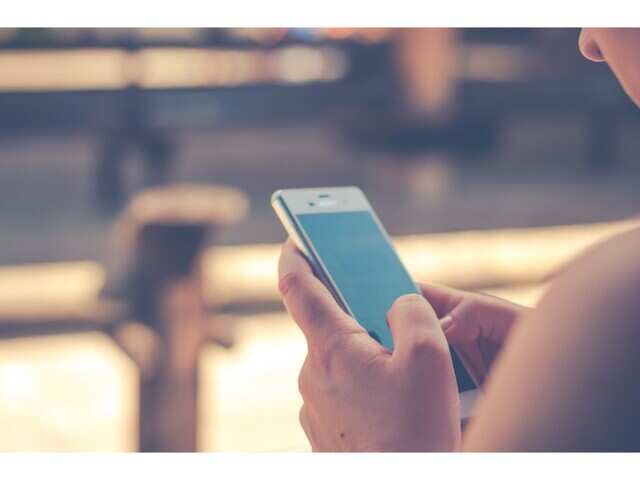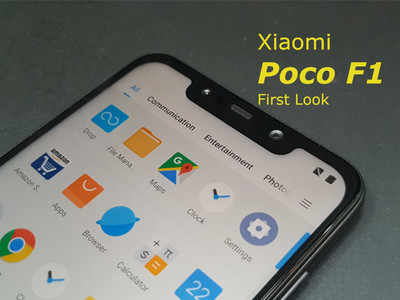Smartphones may help predict flash floods soon, says study
IANS | Aug 25, 2018, 03:29PM IST
New York: With smartphones capable of measuring atmospheric pressure, temperatures and humidity, a novel study suggested that the devices may one day be able to track and anticipate weather patterns that leads to flash floods.
Researchers noted that smartphones can be harnessed to forecast flash floods as well as other natural disasters.
"The sensors in our smartphones are constantly monitoring our environment including gravity, the earth's magnetic field, atmospheric pressure, light levels, humidity, temperatures, sound levels and more," said lead researcher Colin Price, Professor at the Tel Aviv University.
"Vital atmospheric data exists today on some 3 to 4 billion smartphones worldwide. This data can improve our ability to accurately forecast the weather and other natural disasters that are taking so many lives every year," he added.
In the study, published in the Journal of Atmospheric and Solar-Terrestrial Physics, the team placed four smartphones under controlled conditions and analysed the data to detect phenomena such as "atmospheric tides," which are similar to ocean tides.
They also analysed data from a UK-based app called WeatherSignal.
While the smartphones could provide real-time weather alerts through a feedback loop, the public was able to find atmospheric data on the "cloud" via an application.
This data would then be processed into real-time forecasts and returned to the users with a forecast or a warning to those in danger zones, the researchers explained.
"We can't prevent flash floods from happening, but soon we may be able to use the public's smartphone data to generate better forecasts and give these forecasts back to the public in real time via their phones," Price noted.
Researchers noted that smartphones can be harnessed to forecast flash floods as well as other natural disasters.
"The sensors in our smartphones are constantly monitoring our environment including gravity, the earth's magnetic field, atmospheric pressure, light levels, humidity, temperatures, sound levels and more," said lead researcher Colin Price, Professor at the Tel Aviv University.
"Vital atmospheric data exists today on some 3 to 4 billion smartphones worldwide. This data can improve our ability to accurately forecast the weather and other natural disasters that are taking so many lives every year," he added.
In the study, published in the Journal of Atmospheric and Solar-Terrestrial Physics, the team placed four smartphones under controlled conditions and analysed the data to detect phenomena such as "atmospheric tides," which are similar to ocean tides.
They also analysed data from a UK-based app called WeatherSignal.
While the smartphones could provide real-time weather alerts through a feedback loop, the public was able to find atmospheric data on the "cloud" via an application.
This data would then be processed into real-time forecasts and returned to the users with a forecast or a warning to those in danger zones, the researchers explained.
"We can't prevent flash floods from happening, but soon we may be able to use the public's smartphone data to generate better forecasts and give these forecasts back to the public in real time via their phones," Price noted.
Subscribe and get the
top tech news of the day
Delivered to your mailbox






All Comments (0)+^ Back to Top
Refrain from posting comments that are obscene, defamatory or inflammatory, and do not indulge in personal attacks, name calling or inciting hatred against any community. Help us delete comments that do not follow these guidelines by marking them offensive. Let's work together to keep the conversation civil.
HIDE